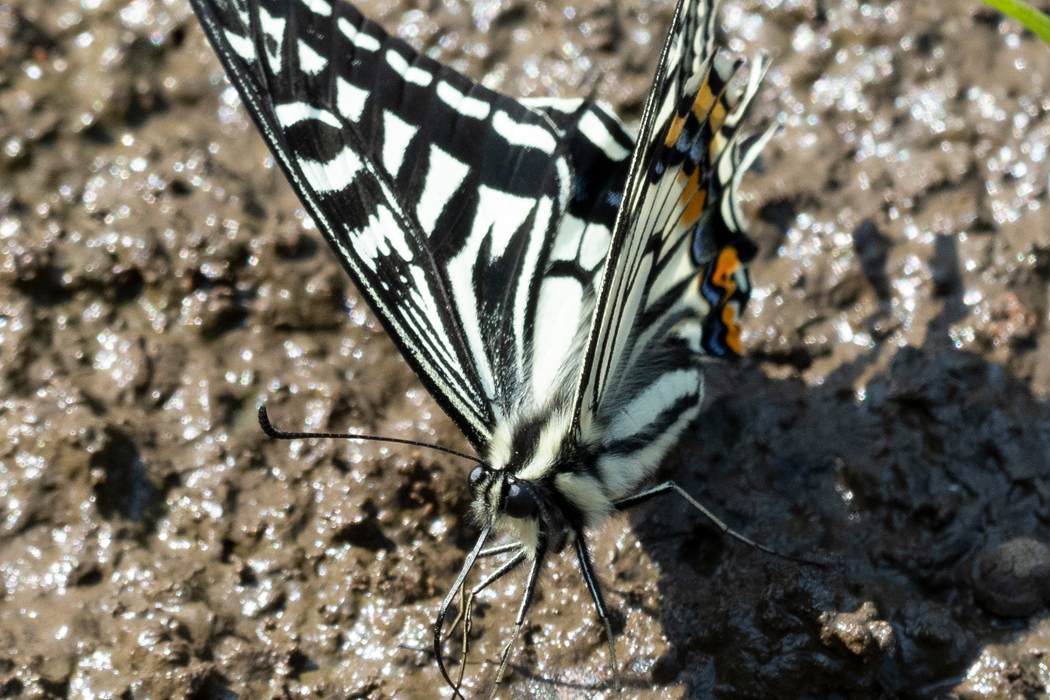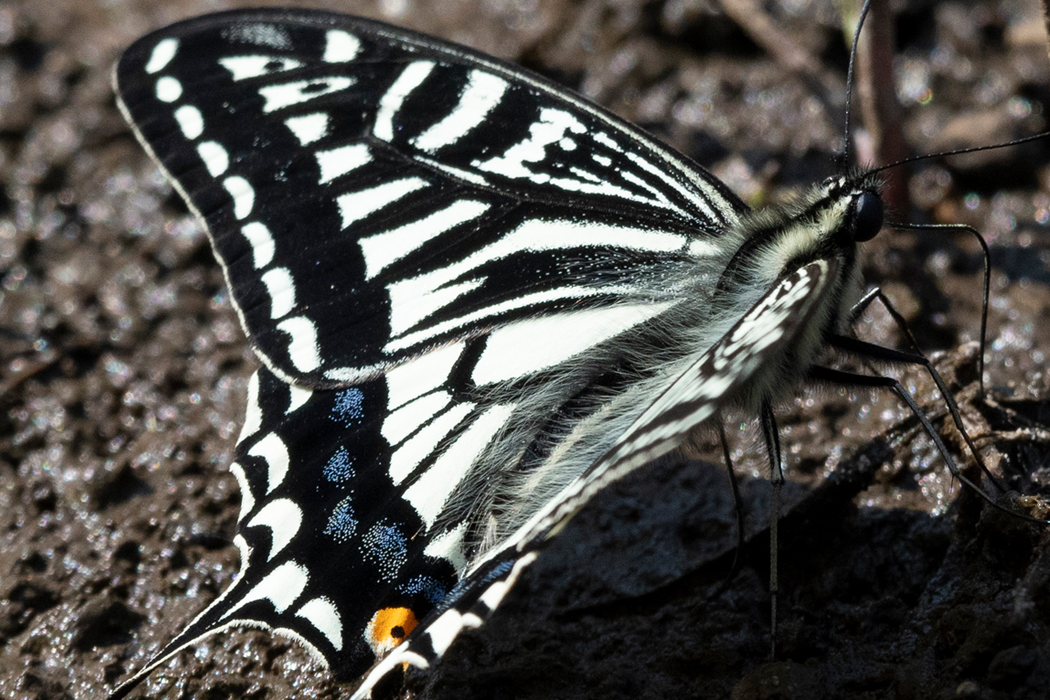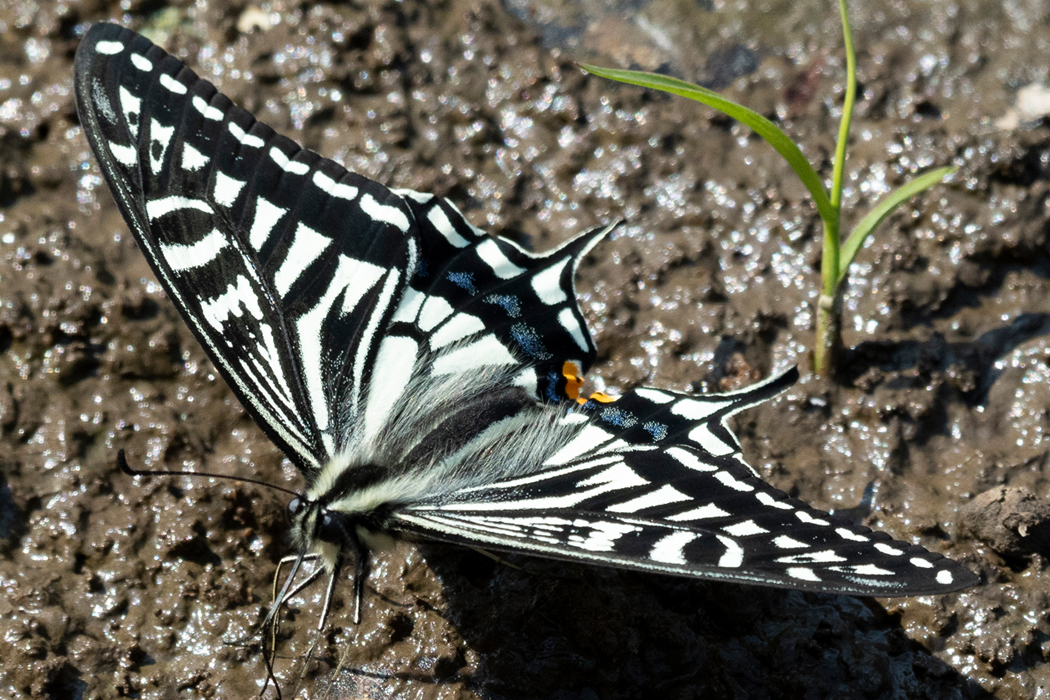
Asian Swallowtail
Common swallowtail butterfly.
| Scientific name | Papilio xuthus |
| English name | Asian Swallowtail |
| Japanese name | 並揚羽 |
| Classification | Insecta |
| Classification details | Lepidoptera Papilionidae |
| Full length | 6cm |
| Distribution | Distributed in East Asia. Seen all over Japan. |
Characteristics
A familiar butterfly with a black pattern on a yellowish-white background. Five dark blue patterns are lined up on the edge of the hind wings, and one orange or red spot is placed under the innermost pattern. The underside has many orange markings. The caudate is sharply pointed. The body is black and yellowish white with vertical stripes, and the body surface is covered with hair.
How to distinguish between Papilio machaon and Papilio machaon
The swallowtail is very similar to the swallowtail. The distinguishing point is the base of the forewings. The Japanese swallowtail has a Confucius pattern with yellowish white and black spots all the way to the base, while the Papilio machaon has a darker pattern at the base.
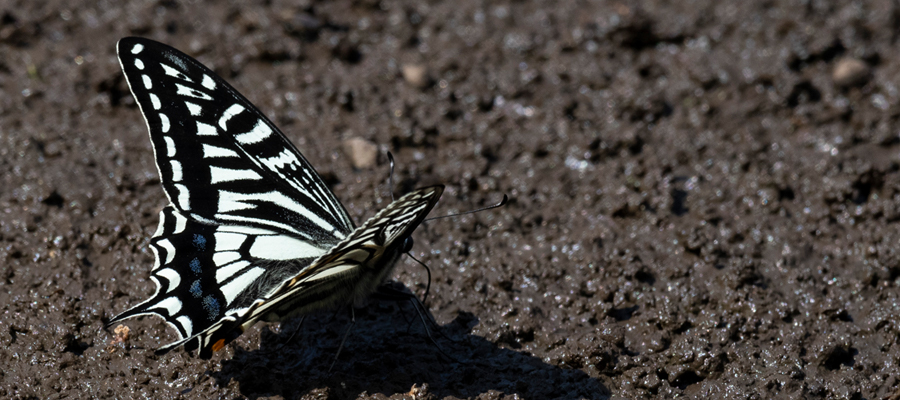
Ecology
It occurs from spring to autumn and can be seen widely from forests to parks near houses. Larvae feed on plants of the Rutaceae family, so adults often fly near citrus trees. Sometimes it flies normally in grasslands and farmlands.
When it grows to the fifth instar larva, it becomes a pupa and emerges in about a week. It sucks nectar from flowers and absorbs water on the ground.
Habitat
In the spring, I photographed an individual that was absorbing water in a rice field at Katakura Castle Ruins Park in Hachioji City. It spread its wings and sat still in the sunlight.
I have been breeding swallowtails every year on my yuzu and kumquat trees. If you look closely at the leaves, you will find larvae that mimic bird droppings.
Pictures
Introducing a picture of Asian Swallowtail.

Picture book
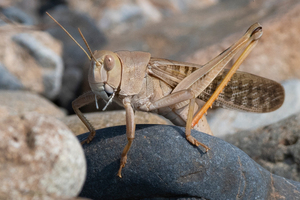
Migratory locust
It is also called the Daimyo grasshopper.......ead more.

Honshu pipefish
Caudal fin screaming.......ead more.

Little Egret
A heron with a fashionable summer crest.......ead more.

Silver-lined Skipper
A silver streak runs along the underside of the wing.......ead more.
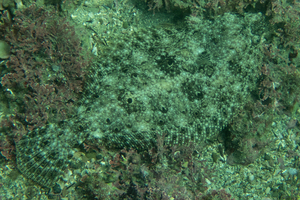
Olive flounder
Both eyes on the left side of the body.......ead more.

